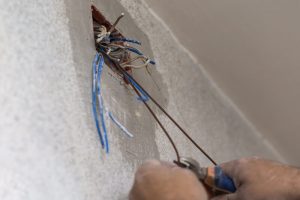 House rewiring is a tough project. It is disruptive and demanding of funds and electrical experience. The answer to if you need an electrician for a house rewire is yes.
House rewiring is a tough project. It is disruptive and demanding of funds and electrical experience. The answer to if you need an electrician for a house rewire is yes.
An electrician is the technician that determines whether you need a house rewire. But after this, many homeowners prefer to consider making a house rewire a DIY project. It’s only possible to do this if you have the knowledge and experience with electrical service.
Read on as we discuss the reasons why you need an electrician for a house rewire and other tips like the steps to take to rewire your home with or without an electrical technician.
Why you need an electrician for a house rewire
Statistics show that the average American homeowner has 9 unfinished projects on their to-do list. 55% of these homeowners will attempt to DIY the projects and only 31% of these end successfully.
While DIY culture is booming, it’s important to remember that there are several factors involved in projects like a home rewire. For example, safety precautions, appropriate materials, building codes, permits, and more.
DIY is risky in many ways. It’s risky to your health and life as well as that of others and your property. Electrical work is dangerous business and without the right precautions, experience, or knowledge shocks, electrocution, and even fires can occur.
Most electrical projects like a home rewire usually require permits that ensure safety protocols and codes are being followed. Performing such electrical work without a permit is against the law and comes with legal consequences. Also, if someone in the home should get hurt from such improper work, you could be persecuted.
Hiring a professional electrician for a home rewire guarantees your electrical safety and efficiency. It is also cheaper and compliant in the long run.
Tips for safely rewiring your house
- Find out if you need to get a permit and do so.
- Carry out an inventory to know the materials you need for the project.
- Consider any additions you would like.
- Create a plan that shows what will be done and when it will be completed, especially when working with an electrician.
- Avoid damaging the existing infrastructure.
- Hire an electrician familiar with working on older or existing buildings.
Stages of a house rewire
A house rewiring project usually takes two distinct stages. The first stage involves the circuits, wiring, cabling, and back boxes replacement.
The second stage involves light fittings, faceplates, and sockets installation.
How often should you rewire your home?
Unlike regular repairs and replacements, a house rewire is hardly needed often. There is no specific timeframe for rewiring you home as electrical systems have a life span that depends on factors like use. If your home is over 25 years old or up to, it will benefit from a rewiring project or updating. You should carry out electrical inspections every 10 years if you are a homeowner or every 5 years if you are a landlord to ensure electrical safety and efficiency.
If you think you may need a rewire in Los Angeles, call our office and we can send one out to assist your situation. Your Los Angeles electricians are standing by waiting to help!





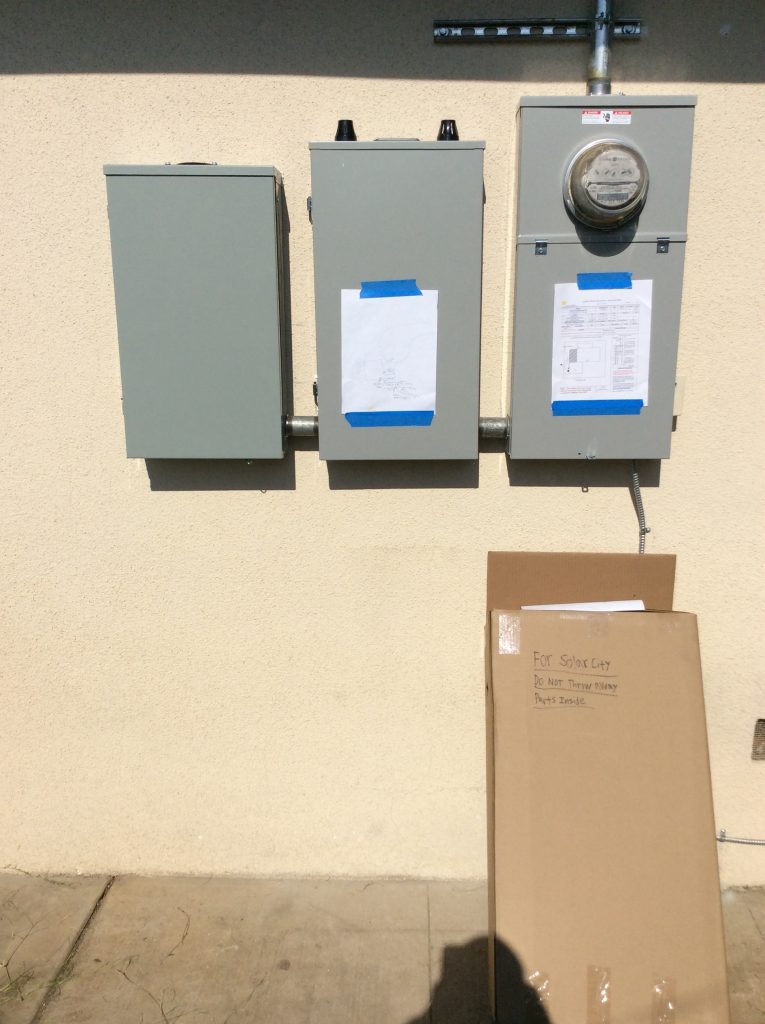 Your home’s electrical panel provides power to all electrical components of the home. But sometimes the electrical panel may need assistance and this is where a subpanel comes in.
Your home’s electrical panel provides power to all electrical components of the home. But sometimes the electrical panel may need assistance and this is where a subpanel comes in. An electrical permit is exactly what it sounds like. It is obtaining permission from the appropriate authorities to perform electrical work. An electrical permit is required for a lot of electrical works and it is the first step towards an electrical service that conforms to safety codes and standards.
An electrical permit is exactly what it sounds like. It is obtaining permission from the appropriate authorities to perform electrical work. An electrical permit is required for a lot of electrical works and it is the first step towards an electrical service that conforms to safety codes and standards.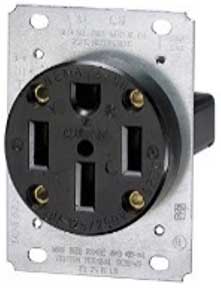 A 220-volt outlet is the most powerful outlet in the home. It is built for power-demanding appliances, like ovens, dryers, and more. You can identify 220-volt outlets as outlets that are larger and different-looking than others. They usually have either 3 prong or 4 prong holes.
A 220-volt outlet is the most powerful outlet in the home. It is built for power-demanding appliances, like ovens, dryers, and more. You can identify 220-volt outlets as outlets that are larger and different-looking than others. They usually have either 3 prong or 4 prong holes.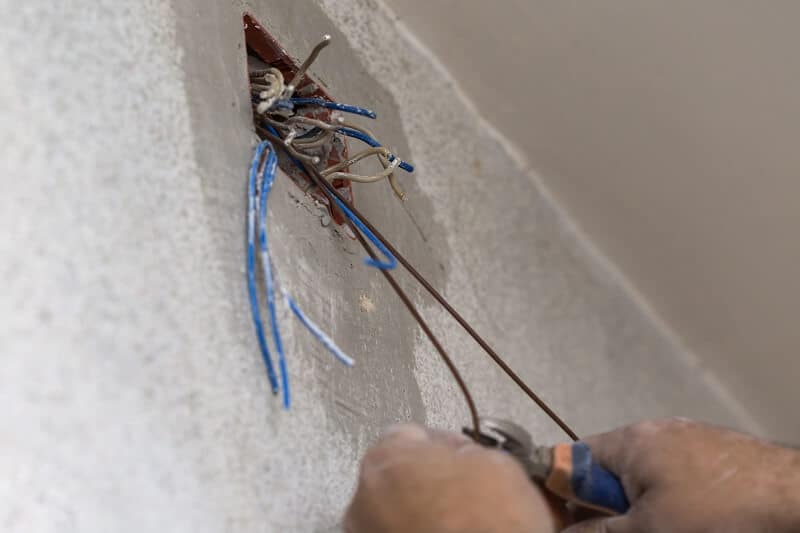 Deciding to
Deciding to 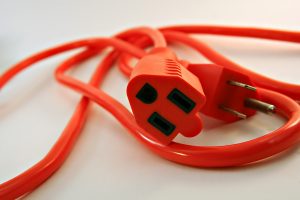 Getting power within the home is easy. You are already set up with outlets, cables, and extension cords. So, all you have to do when you need to put on the TV, use the microwave, or other appliance is plug in and switch on. However, when you need power outside, it’s different. Running power outside depends on a few factors starting from what you need power for, or rather the duration of use.
Getting power within the home is easy. You are already set up with outlets, cables, and extension cords. So, all you have to do when you need to put on the TV, use the microwave, or other appliance is plug in and switch on. However, when you need power outside, it’s different. Running power outside depends on a few factors starting from what you need power for, or rather the duration of use.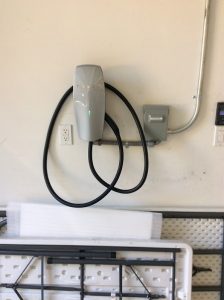 Electric cars are clearly the latest and most sought after development in the automotive industry and Tesla is leading the pack. So, when you have just purchased your very own green car, you can leap for joy about avoiding fueling costs and several other issues that come with it.
Electric cars are clearly the latest and most sought after development in the automotive industry and Tesla is leading the pack. So, when you have just purchased your very own green car, you can leap for joy about avoiding fueling costs and several other issues that come with it. As a valued customer or potential of The Electric Connection, we wanted to post and let you know that we are paying close attention to all updates from the CDC and local officials concerning COVID-19 (“Coronavirus”). Our highest priorities continue to include the welfare and safety of you, our customers, as well as our employees.
As a valued customer or potential of The Electric Connection, we wanted to post and let you know that we are paying close attention to all updates from the CDC and local officials concerning COVID-19 (“Coronavirus”). Our highest priorities continue to include the welfare and safety of you, our customers, as well as our employees. 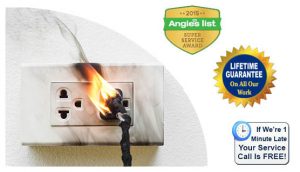 If you are planning to purchase an old home or you are already living in one, then chances are you may have seen
If you are planning to purchase an old home or you are already living in one, then chances are you may have seen 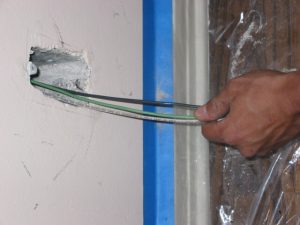 Wiring a home under construction or during a remodeling project is easy, mostly because the walls are accessible. The real difficulty comes when you are trying to pull a new wire through a wall – an already existing wall.
Wiring a home under construction or during a remodeling project is easy, mostly because the walls are accessible. The real difficulty comes when you are trying to pull a new wire through a wall – an already existing wall.